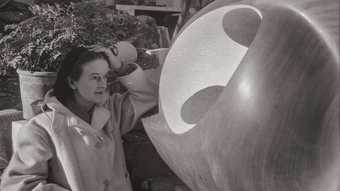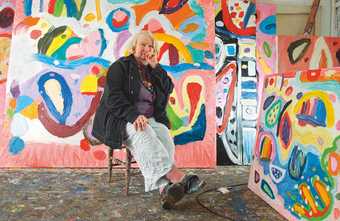Discover the abstract art created in Britain through the 1950s
The 1950s was a period of great change and experimentation in British art. Many artists adopted abstraction, art containing simplified figures or objects. Artists began to use spontaneity of gesture and chance to express a new-found freedom of artistic expression. Others followed mathematic principles of geometry and proportion in their construction.
Some artists in this room would base their artwork on landscapes or still lifes. This is known as abstract impressionism. Others would create art using objects that already existed, known as constructivism.
Tate Britain
Free



